Fishing Lures: Why Picking The Right Color Matters
Before you cast your line, check these "colorful" tips so your fish take the bait!
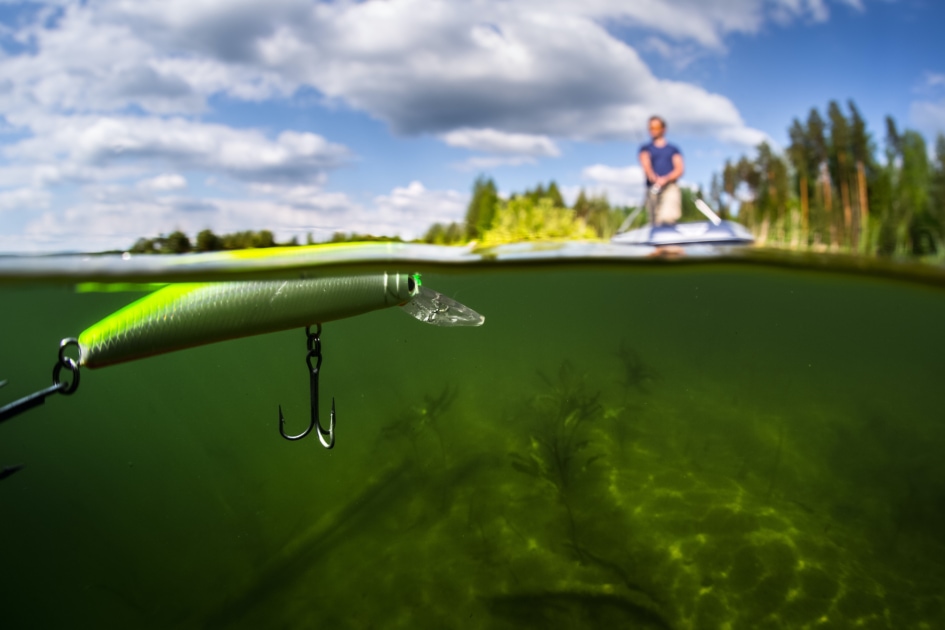
If you’re planning on going fishing, you’re going to need to know which fishing lures will help you reel in the best catch. With all the crazy colors out there, does it really matter to the fish which one you use? The short answer is yes. Believe it or not, an essential part of lure selection is color. But not for the obvious reasons.
Certain bodies of water (and their color) can affect the way your lures look under water, and this can be the deciding factor in whether or not the fish “take the bait.” If they can’t see your lure because there’s not enough contrast to make it stand out, or if it’s not in an appetizing shade, then they might just swim on by. That’s why, when you shop for different lures, you’ll find them in a rainbow of vivid colors.
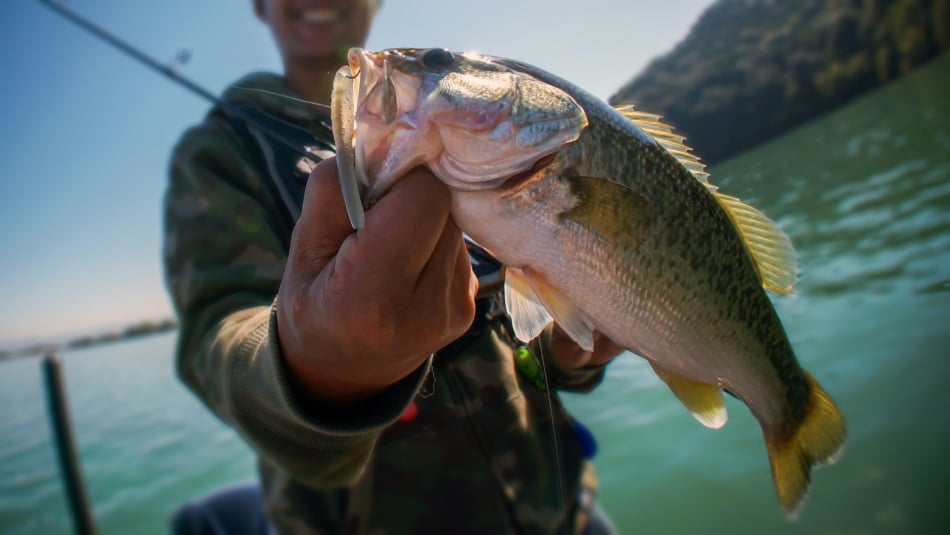
Here’s how to pick lures based on the water’s color, starting with an overview of the different shades you’re likely to find in lakes and rivers around you.
What Determines Water Color?
Bodies of water most often show three common shades, and it helps to understand the why behind it before you hit your favorite fishing hole.
- Blue water is generally the clearest type. Ocean water is often blue, for example. This happens when the water is clear enough that it filters out red shades from the visible light spectrum, which leaves the water looking blue to our eyes.
- Green water is quite common, and it’s most often caused by algae in the water. You’ll see it happen sometimes during summer algae blooms.
- Red water is very common, and to our eyes, it can look like anything from brown water—think the muddy Mississippi—or rusty red-tinged shade. This could be because of stirred sediments coloring the water, or it could be a result of tannins that leech into the water from trees and plants.
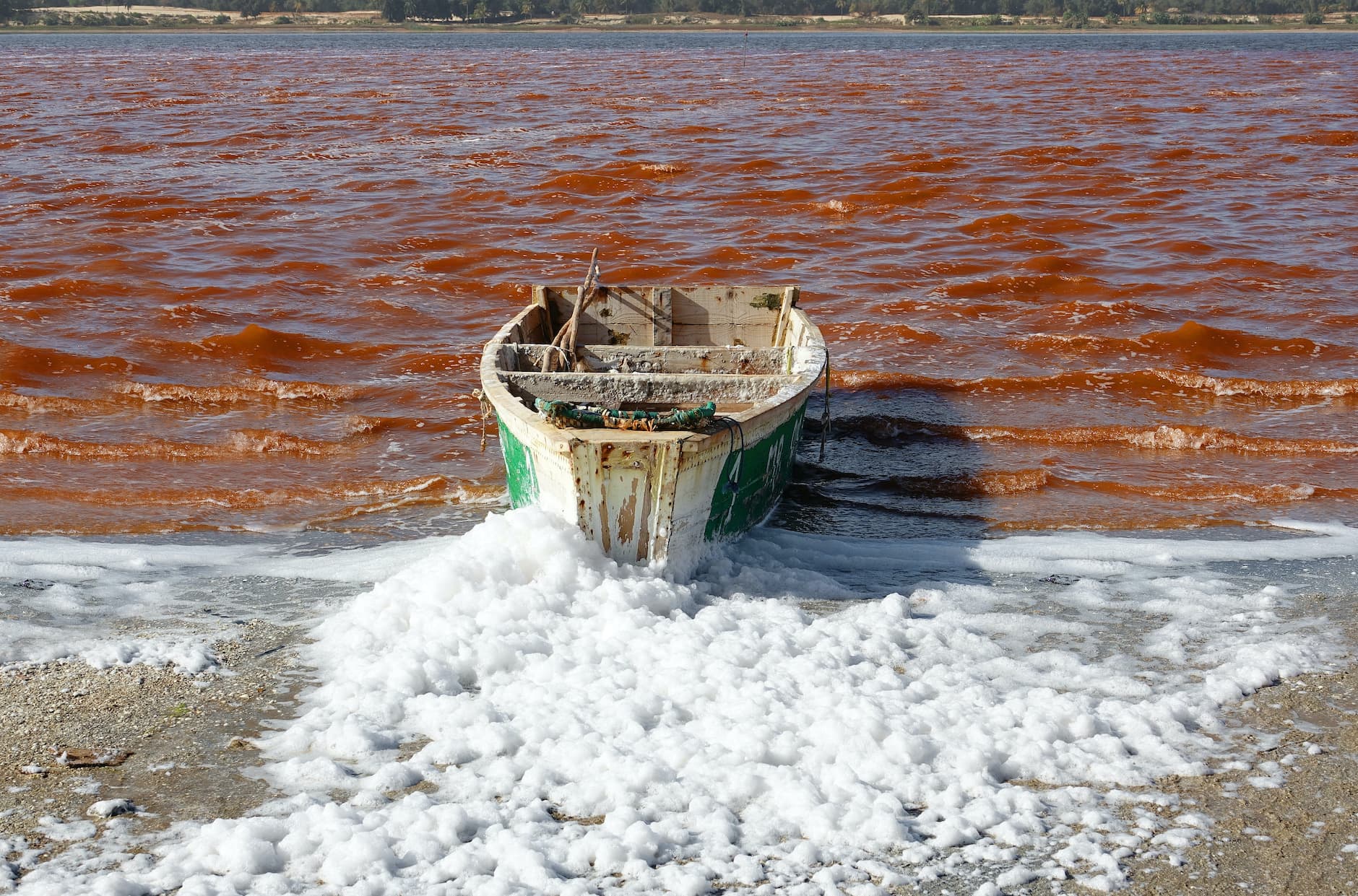
Choosing Lures Based on Water Color
Lure manufacturer Mepps likens water color to looking through sunglasses, which is the perfect way to describe how the color changes the look of your hook. If you’ve ever put on blue, green, or brown tinted shades, then you know everything looks different when you’re looking at it through a tint!
This means that certain lure colors will work better in some conditions versus others.
Be sure to check out our Best Days to fish calendar and use the interactive map to locate the perfect fishing spot near you!
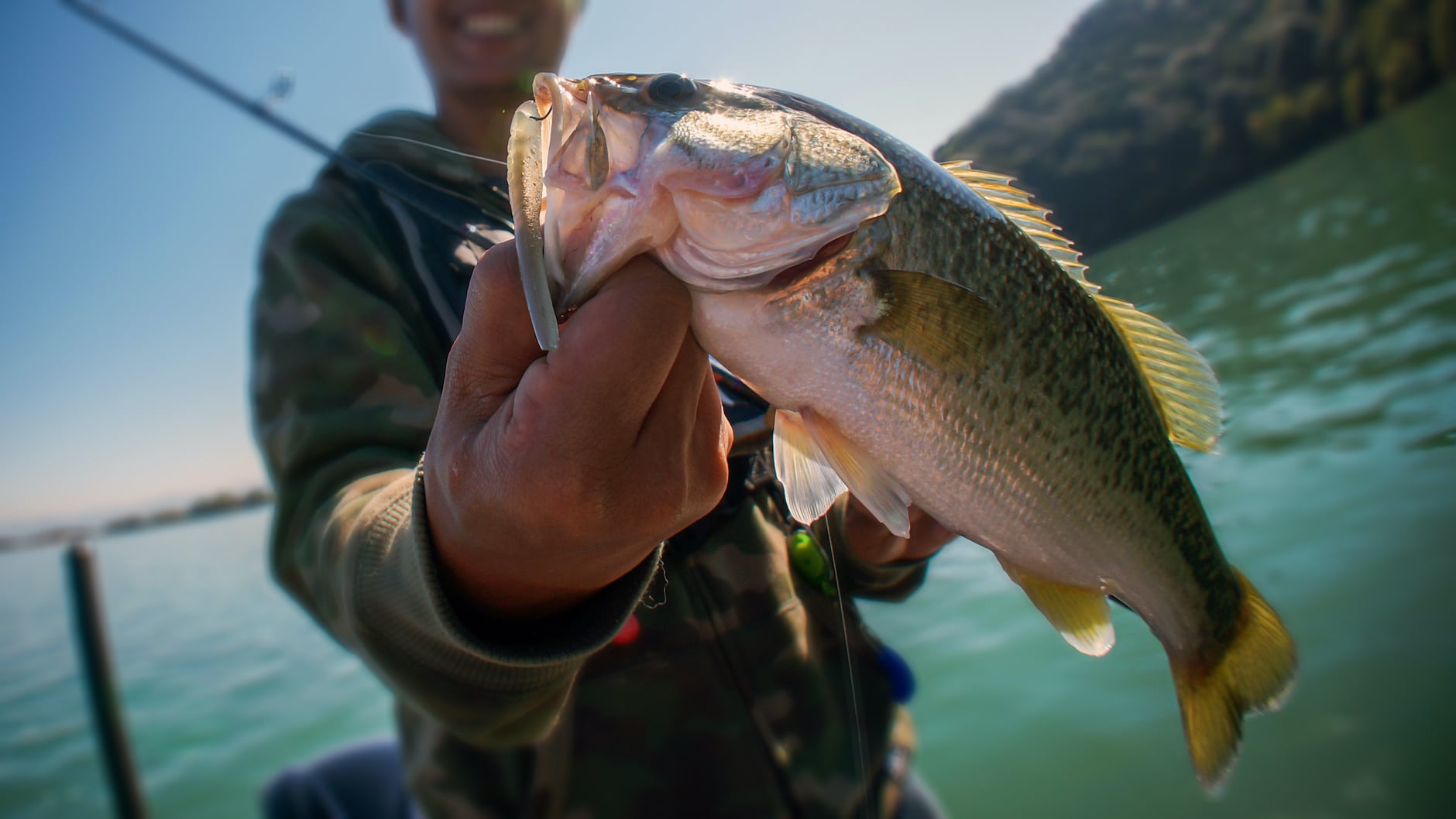
Depth of Water Changes Everything
Depth plays into this too. Where depth is concerned, red light is filtered out first, so the deeper you fish with a red lure, the harder it will be for them to spot it. Orange and yellow are visible a bit deeper while blue and green can usually be seen deeper yet.
Water color both amplifies and changes this effect.
- Blue Water: red lures may look almost black while oranges and yellows will be seriously dulled. If you’re using lures with spots of these shades against a dark background, then there may not be enough contrast for the fish to spot it. Try lures with blue or silver as these will have enough brightness and contrast to catch the fish’s eye.
- Green Water has even harsher effects on red lures. These can look black just a few feet below the surface, which might make them hard to spot unless the lure also features contrasting bright colors to balance the red. If you want to stand out, go for lures in bright greens and yellows, which will really stand out.
- Red Water. In red water, red, orange and yellow lures might actually get brighter or lighter in shade while blues and greens turn dark. So to catch a fish’s attention, opt for red, orange, or yellow.
Not only because different species of fish are attracted to different things, but also because the water’s color can have a drastic effect on the lure’s appearance.
Keep in mind that water conditions change all the time, so just because your favorite fishing hole normally has water in one color, it might not be the same on every return trip. Heavy rains might stir sediments, and algae blooms are common as water warms. Your best bet is to carry a selection lures in different colors so that you’re prepared for anything!

Amber Kanuckel
Amber Kanuckel is a freelance writer from rural Ohio who loves all things outdoors. She specializes in home, garden, environmental, and green living topics.



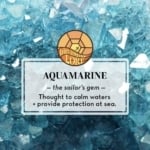

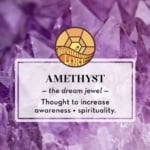
I had a jointed lure about 4 inches long, orange body and black spots. It was my go-to lure and it never stopped amazing those fishing around me. Unfortunately, I lost it for good a few years back. For the life of me I cannot remember the name of the lure or where I got it. It may have been a small bait shop in Ontario, Canada. It is no longer in operation. I have tried several jointed minnows from Rapala and other makers, along with Flat Fish lures but nothing seems to equal the original orange lure. If anyone has an idea where I could get another one let me know.
Most waters that I fish in are blueish or greenish. So my tackle box is full of lures that are in the “ultraviolet” portion of the the spectrum. Purples, blues, greens, chartreuses and combinations thereof dominate. I avoid fishing in brownish waters so I carry very few lures in the infrared portion of the spectrum (red). My flashers and dodgers follow the same guides.
dsfsd
Really good article, thanks FA!
In the waters of Southwest Louisiana, White, or yellow lures work for us. We use a lot of Beetle Spins.
Thanks FA for the useful info on lures.
Catch the Big One!